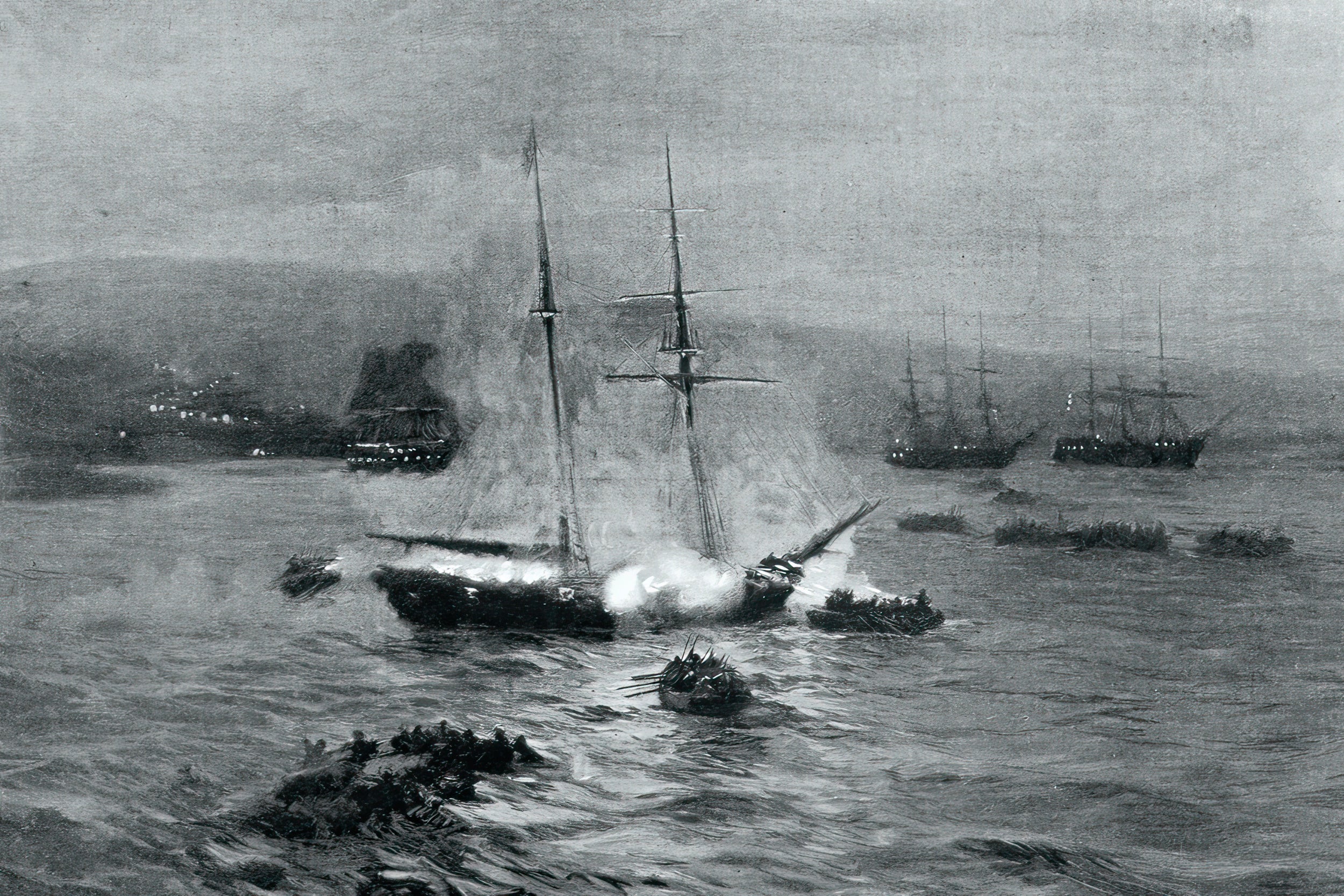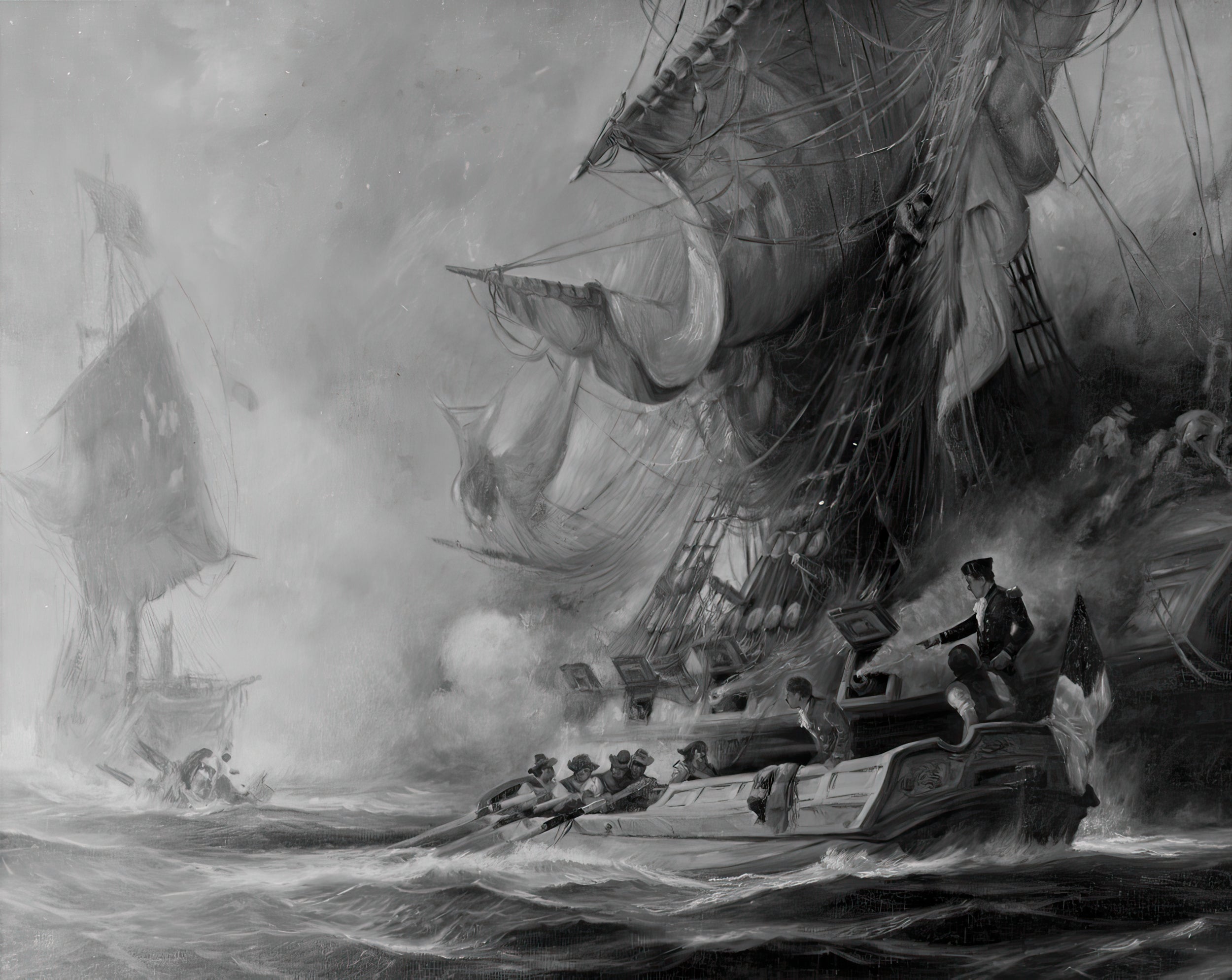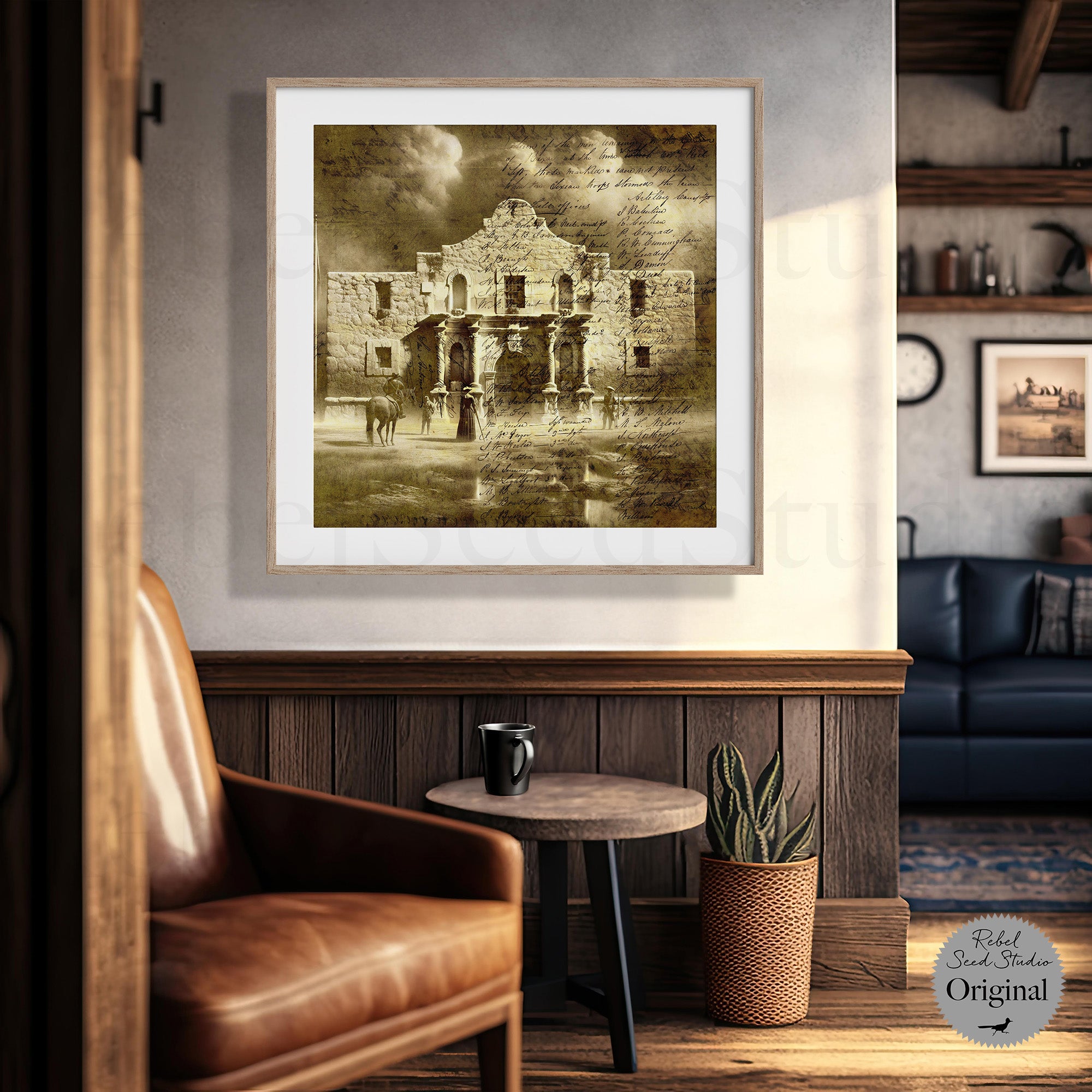
The General Armstrong Privateer (Historical Reprint)
Historical article reprinted from the book "Hero Tales From American History" written by Theodore Roosevelt in 1895.
We have fought such a fight for a day and a night
As may never be fought again!
We have won great glory, my men!
And a day less or more
At sea or ashore,
We die--does it matter when?
- Tennyson
In the Revolution, and again in the War of 1812, the seas were covered by swift sailing American privateers, which preyed on the British trade. The hardy seamen of the New England coast, and of New York, Philadelphia, and Baltimore, turned readily from their adventurous careers in the whalers that followed the giants of the ocean in every sea and every clime, and from trading voyages to the uttermost parts of the earth, to go into the business of privateering, which was more remunerative, and not much more dangerous, than their ordinary pursuits.
By the end of the War of 1812, in particular, the American privateers had won for themselves a formidable position on the ocean. The schooners, brigs, and brigantines in which the privateersmen sailed were beautifully modeled, and were among the fastest craft afloat. They were usually armed with one heavy gun, the "long Tom", as it was called, arranged on a pivot forward or amidships, and with a few lighter pieces of cannon. They carried strong crews of well-armed men, and their commanders were veteran seamen, used to braving every danger from the elements or from man. So boldly did they prey on the British commerce, that they infested even the Irish Sea and the British Channel, and increased many times the rate of insurance on vessels passing across those waters.
They also often did battle with the regular men-of-war of the British, being favorite objects for attack by cutting-out parties from the British frigates and ships of the line, and also frequently encountering in fight the smaller sloops-of-war. Usually, in these contests, the privateersmen were worsted, for they had not the training which is obtained only in a regular service, and they were in no way to be compared to the little fleet of regular vessels, which in this same war so gloriously upheld the honor of the American flag.
Nevertheless, here-and-there a privateer commanded by an exceptionally brave and able captain, and manned by an unusually well-trained crew, performed some feat of arms which deserves to rank with anything ever performed by the regular Navy. Such a feat was the defense of the brig General Armstrong, in the Portuguese port of Fayal, of the Azores, against an overwhelming British force.
The General Armstrong hailed from New York, and her captain was named Reid. She had a crew of 90 men, and was armed with one heavy 32-pounder and six lighter guns. In September, 1814, she was lying in Fayal, a neutral port, when four British war-vessels, a ship of the line, a frigate and two brigs, hove into sight, and anchored off the mouth of the harbor. The port was neutral, but Portugal was friendly to England, and Reid knew well that the British would pay no respect to the neutrality laws if they thought that at the cost of their violation they could destroy the privateer.
He immediately made every preparation to resist an attack. The privateer was anchored close to the shore. The boarding-nettings were got ready, and were stretched to booms thrust outward from the brig's side, so as to check the boarders as they tried to climb over the bulwarks. The guns were loaded and cast loose, and the men went to quarters armed with muskets, boarding-pikes, and cutlases.
On their side, the British made ready to carry the privateer by boarding. The shoals rendered it impossible for the heavy ships to approach, and the lack of wind and the baffling currents also interfered for the moment with the movements of the sloops-of-war. Accordingly, recourse was had to a cutting-out party, always a favorite device with the British seamen of that age, who were accustomed to carry French frigates by boarding, and to capture in their boats the heavy privateers and armed merchantmen, as well as the lighter war-vessels of France and Spain.
The British first attempted to get possession of the brig by surprise, sending out but four boats. These worked down near to the brig, under pretense of sounding, trying to get close enough to make a rush and board her. The privateersmen were on their guard, and warned the boats off, and after the warning had been repeated once or twice unheeded, they fired into them, killing and wounding several men. Upon this, the boats promptly returned to the ships.

This first check greatly irritated the British captains, and they decided to repeat the experiment that night with a force which would render resistance vain. Accordingly, after it became dark, a dozen boats were sent from the liner and the frigate, manned by 400 stalwart British seamen, and commanded by the captain of one of the brigs of war.
Through the night they rowed straight toward the little privateer lying dark and motionless in the gloom. As before, the privateersmen were ready for their foe, and when they came within range, opened fire upon them, first with the long gun and then with the lighter cannon - but the British rowed on with steady strokes, for they were seamen accustomed to victory over every European foe, and danger had no terrors for them. With fierce hurrahs they dashed through the shot-riven smoke and grappled the brig, and the boarders rose, cutlas in hand, ready to spring over the bulwarks.
A terrible struggle followed. The British hacked at the boarding-nets and strove to force their way through to the decks of the privateer, while the Americans stabbed the assailants with their long pikes and slashed at them with their cutlases.
The darkness was lit by the flashes of flame from the muskets and the cannon, and the air was rent by the oaths and shouts of the combatants, the heavy trampling on the decks, the groans of the wounded, the din of weapon meeting weapon, and all the savage tumult of a hand-to-hand fight. At the bow the British burst through the boarding-netting, and forced their way to the deck, killing or wounding all three of the lieutenants of the privateer - but when this had happened, the boats had elsewhere been beaten back, and Reid, rallying his grim sea dogs, led them forward with a rush, and the boarding party were all killed or tumbled into the sea.
This put an end to the fight. In some of the boats none but killed and wounded men were left. The others drew slowly off, like crippled wild fowl, and disappeared in the darkness toward the British squadron. Half of the attacking force had been killed or wounded, while of the Americans but nine had fallen.
The British commodore and all his officers were maddened with anger and shame over the repulse, and were bent upon destroying the privateer at all costs. The next day, after much exertion, one of the war-brigs was warped into position to attack the American, but she first took her station at long range, so that her carronades were not as effective as the pivot gun of the privateer, and so well was the latter handled, that the British brig was repeatedly hulled, and finally was actually driven off.
A second attempt was made, however, and this time the sloop-of-war got so close that she could use her heavy carronades, which put the privateer completely at her mercy. Then Captain Reid abandoned his brig and sank her, first carrying ashore the guns, and marched inland with his men. They were not further molested, and, if they had lost their brig, they had at least made their foes pay dear for her destruction, for the British had lost twice as many men as there were in the whole hard-fighting crew of the American privateer.



























